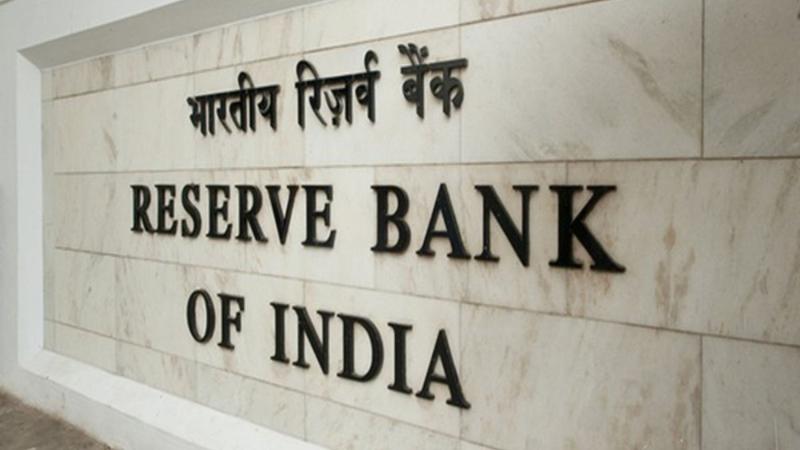Published 23:55 IST, December 30th 2024
Banks' Bad Loans Hit 12-Year Low of 2.6%, Claims RBI
Banks' Bad Loans Hit 12-Year Low of 2.6%, Claims RBI

New Delhi: The Reserve Bank of India ( RBI ) has announced that the asset quality of banks has improved significantly, with the gross non-performing assets (GNPA) ratio declining to a 12-year low of 2.6% in September 2024. This is a result of falling slippages and steady credit demand.
The RBI's December 2024 issue of the Financial Stability Report (FSR) reveals that the net NPA ratio is at around 0.6%. However, the RBI has expressed concern over a sharp rise in write-offs, particularly among private sector banks, which could be masking worsening asset quality in unsecured lending segments.
The improvement in asset quality is a positive sign for the economy, indicating that banks are becoming more prudent in their lending practices. However, the rise in write-offs is a concern, as it could be masking underlying issues in the banking sector.
None Of Top 100 Borrowers Classified As NPAs In September
"Within the large borrowers’ cohort, the share of top 100 borrowers has decreased to 34.6 per cent in September 2024, reflecting a growing credit appetite among medium-sized borrowers," the report said.
Notably, none of the top 100 borrowers are classified as NPAs in September 2024.
In terms of value, investment grade advances (rated BBB and above) constituted 91.5 per cent of the funded advances to large borrowers with long-term external ratings, the report said.
It further said profitability of SCBs improved during H1:2024-25, with profit after tax (PAT) surging by 22.2 per cent (y-o-y).
Public sector banks (PSBs) and PVBs recorded PAT growth of 30.2 per cent and 20.2 per cent, respectively, while foreign banks (FBs) experienced single-digit growth (8.9 per cent).
RBI said the banking stability indicator (BSI), which provides an assessment of the resilience of the domestic banking system, showed further improvement during H1:2024-25.
The resilience of the domestic banking system has been bolstered by robust capital buffers, strong earnings and sustained improvement in asset quality, it added.
The RBI also said the aggregate GNPA ratio of the 46 banks may rise from 2.6 per cent in September 2024 to 3.0 per cent in March 2026 under the baseline scenario and further to 5.0 per cent and 5.3 per cent, respectively, under adverse scenario 1 and adverse scenario 2.
Key Highlights of the Report
- Improved Asset Quality: The GNPA ratio of 37 scheduled commercial banks (SCBs) fell to a multi-year low of 2.6%.
- Decline in Bad Loans: The share of large borrowers in the GNPA of SCBs has steadily declined over the past two years.
- Rise in Write-Offs: Private sector banks have seen a sharp increase in write-offs, which could be masking worsening asset quality.
- Liquidity Coverage Ratio: The banking system liquidity coverage ratio (LCR) declined from 135.7% in September 2023 to 128.5% in September 2024.
Get Current Updates on India News, Entertainment News along with Latest News and Top Headlines from India and around the world.
Updated 04:55 IST, December 31st 2024




